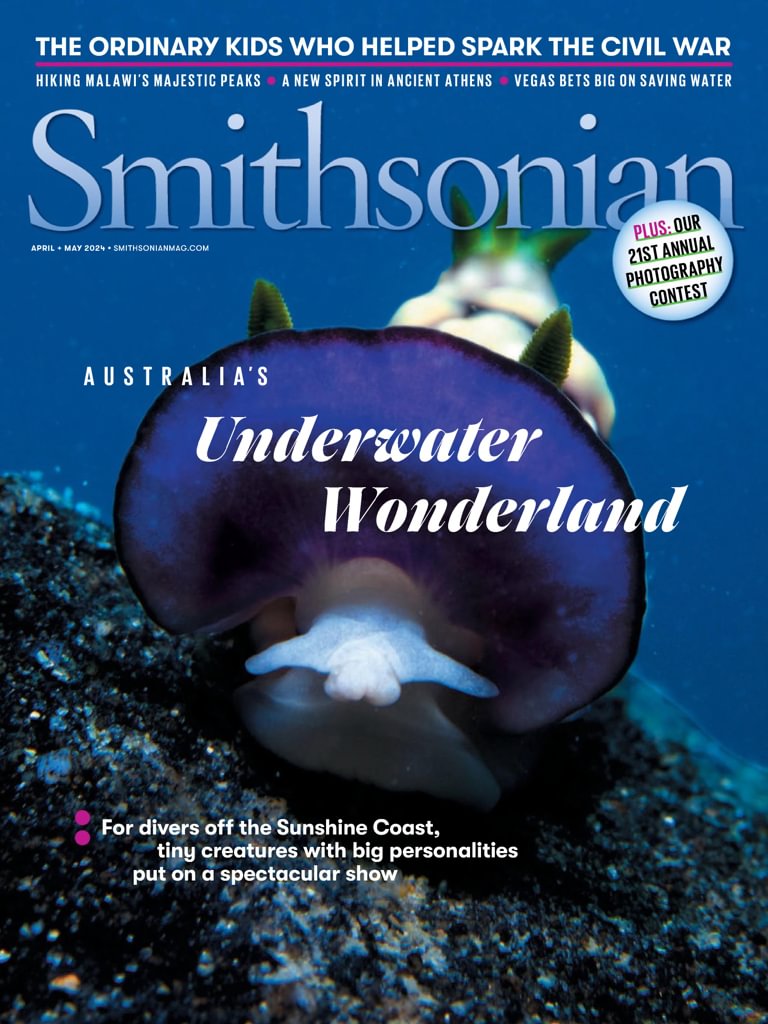
SMITHSONIAN MAGAZINE: The latest issue features….
Gimme Shelter
Inside America’s largest sanctuary for rescued pets—and its controversial quest to “Save Them All” By Douglas Starr | Photographs by Shayan Asgharnia
The Lost City of the Silk Road
In the remote highlands of Uzbekistan, archaeologists are uncovering the remains of a vast metropolis that may rewrite the history of the fabled trading route’s origins By Andrew Lawler | Photographs by Simon Norfolk
A Grand New Design
After a 1902 train wreck in the heart of Manhattan, one self-taught engineer proposed an improbable urban transformation. His vision reshaped the face of American cities





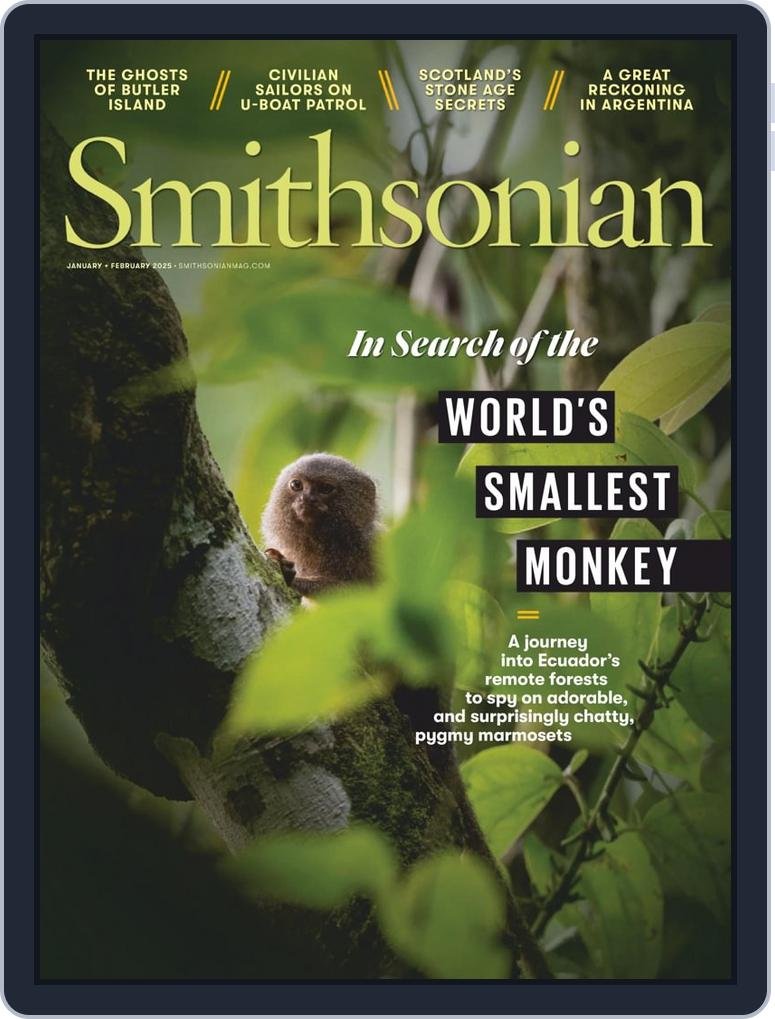
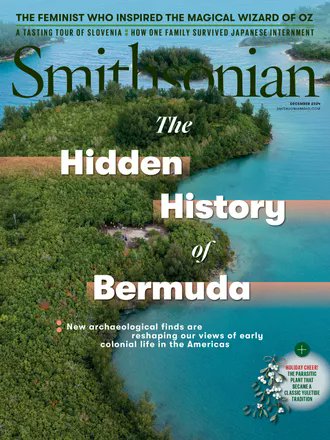
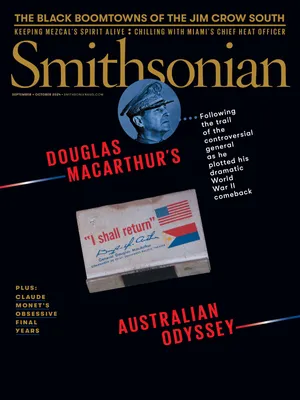
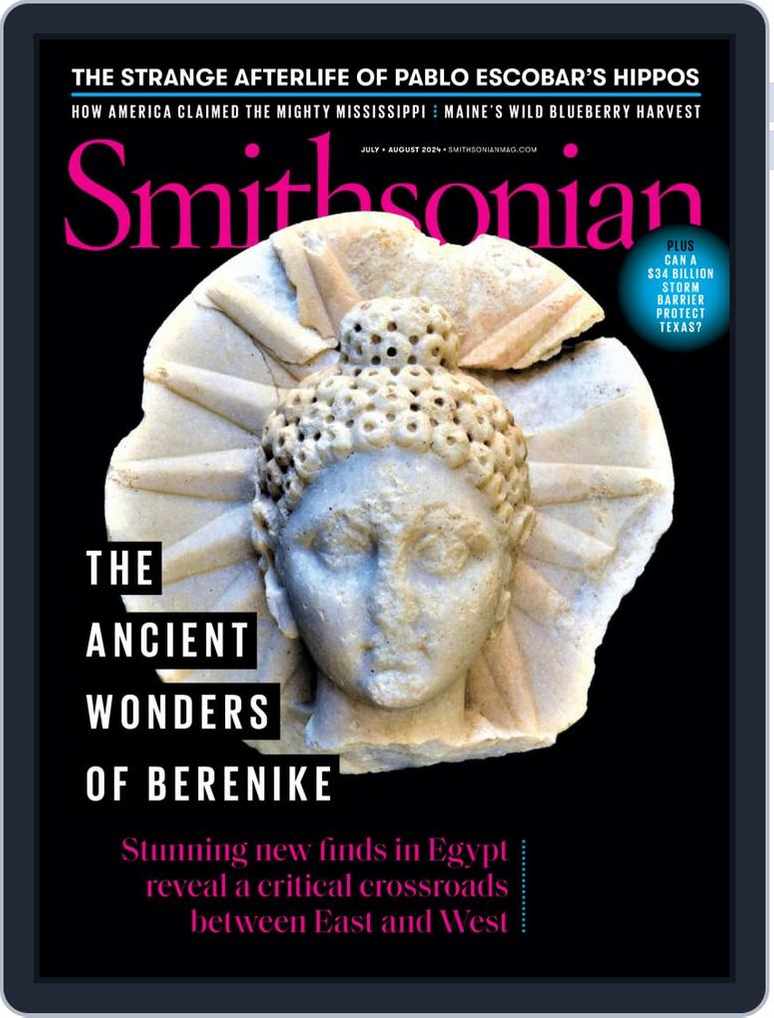
/https://tf-cmsv2-smithsonianmag-media.s3.amazonaws.com/filer_public/79/64/7964e23e-abcf-409b-af0d-df56a2216c06/julaug2024_g10_berenike.jpg)
/https://tf-cmsv2-smithsonianmag-media.s3.amazonaws.com/filer_public/c3/b8/c3b8af90-5ec2-4793-8f88-d577c27f9d18/julaug2024_k18_ikedikegalveston.jpg)
/https://tf-cmsv2-smithsonianmag-media.s3.amazonaws.com/filer_public/c4/a2/c4a27834-0cf0-4f9b-821b-28314beed28d/julaug2024_c02_prologue.jpg)

